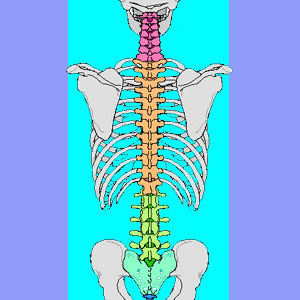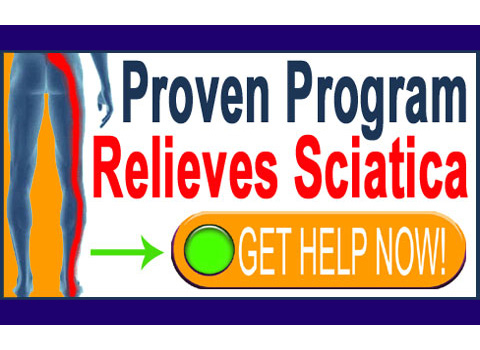
Sciatica recovery is often a long and difficult path for any patient. After all, if the pain does not end, then recovery is literally impossible. Sciatica has a fearsome reputation as a long lasting chronic dorsopathy condition and often resists many of the traditional medical treatment options. In order to truly recover from back and leg pain, it is crucial to correctly diagnose the underlying causation of symptoms and find a therapy option which will resolve that anatomical, disease-enacted or psychological source.
This article will help patients to find ways to recover from pain once their causative conditions have been discovered, addressed and resolved.
Sciatica Recovery Goals
The main reason why many patients never fully recover from sciatica is due to the epidemic of misdiagnosed sciatica conditions. If the actual source process causing the sciatica is never discovered, then it can not ever be successfully treated. So many patients have pain which is blamed on some circumstantial and completely innocent lumbar spinal condition, when all along, their symptoms are actually the result of another structural or nonstructural reason. This causation may be a disease process, higher level spinal pathology, localized injury, soft tissue nerve compression syndrome or ischemic condition.
The mere possibility that their pain may have been incorrectly diagnosed has never even occurred to most people, just like it did not occur to me during the early years spent battling chronic sciatica and lower back pain in my more naïve days. It has been decades since I was first diagnosed and my suspected source processes have changed multiple times as treatment after treatment failed to provide any lasting relief for me. Now, I do not even have a definitive diagnosis, since I simply have far too many spinal structural issues to possibly pin down any one as the verified cause of my diversity of symptomatic expressions.
Luckily, most patients who receive an accurate diagnosis do recover with time or appropriate medical care. The simple fact that most people do not recover lends credibility to the obvious conclusion that many are likely to have been mistakenly diagnosed.
The Convoluted Recovery Process
In order to recover from any disease, injury or disorder, it is vital to learn all you can about the affliction. In the case of neck pain, back pain or sciatica, learning the facts about will help you to understand your symptoms and how to permanently end them once and for all. There are many valuable resources with information about sciatica available, including your doctor, medical textbooks, websites and knowledge therapy materials. As I mention many times throughout the website, it is crucial to take an active role in your own care and do not be a puppet of the healthcare system.
Too many sciatica patients are led blindly into treatments they do not understand and wonder why these therapies do not help their pain. Some of these care practices are dangerous, while others are only directed at the symptoms and will never be curative. Learning these lessons is one of the primary facilitators of the recovery process.
Sciatica Recovery Journey
During my own epic struggle with sciatica, my mindset changed progressively. I began my journey scared and unsure, but I slowly learned all about my painful diagnosed conditions. My fear continued, but I also experienced anger and frustration as the years went by without any real progress towards a cure. This was made even worse by the fact that I was paying for much of my sciatica treatment out of my own pocket, to a total cost of tens of thousands of dollars. I became virtually hopeless and almost resolute to a life of suffering and chronic pain. Finally, at the eleventh hour, I found real hope in the form of Dr. Sarno and his tension myositis treatment program.
I was one of the really fortunate patients who managed to beat the odds and find true peace from my chronic sciatica. I am less fearful now, having been through so much already. I take life day by day and I am thankful for the blessing of physical functionality, despite the pain.
Do You Expect a Full Recovery?
Remember, it is crucial to address the reason for the pain before doing anything else. You must discover the actual source of your suffering and find effective treatment which will solve the problem and not simply put a pharmaceutical bandage on the symptomatic expression.
I recommend involving your neurologist more and more in your diagnostic and treatment programs. Be sure to get multiple opinions on any diagnosis or therapy before jumping in headfirst. Remember, if misdiagnosis was not such a widespread problem, then many of us would not have pain anymore.





